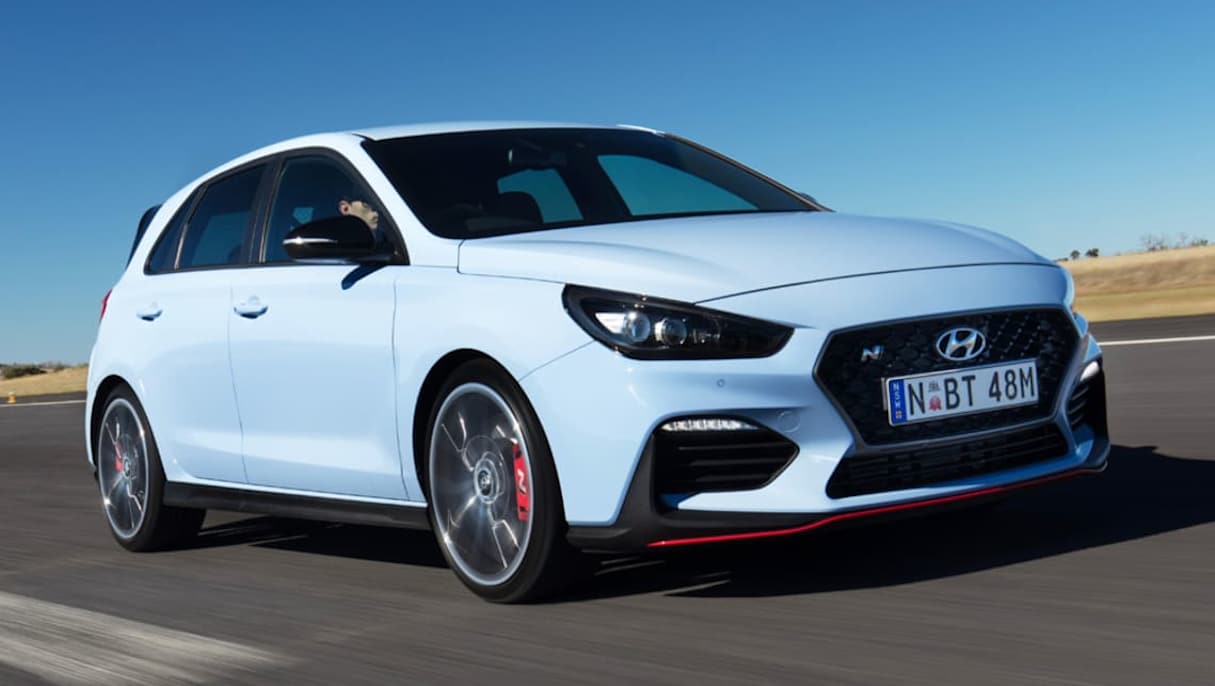During a typical year, we motoring journalists are fortunate enough to drive between 50 to 100 cars. But, sadly, we don’t get paid enough to buy so many. Which is why I enjoy helping friends buy cars, because it allows me to get some first-hand experience to inform my understanding of the current market.
And my current understanding of the market is that it’s bad news for buyers.
The semiconductor shortage that has plagued the car industry since the global pandemic began continues to be a major problem. But it’s been compounded by the related global supply-chain bottlenecks.
The result of these two issues is supply is severely restricted even though demand has bounced back to arguably pre-pandemic levels.
A friend’s recent interest in buying a hot hatch got me investigating the current options and I was shocked with what I found. Such is the lack of supply that even relatively high-mileage cars can fetch more than what they cost new.
For example, you can find multiple examples of 2018 to 2020 Hyundai i30 N for sale for more than the original price of $41,990 plus on-road costs. Some of these have between 9000km and 40,000km of driving on them already.

Want another, more mainstream example of how the market is currently tracking? Let’s take a look at one of Australia’s favourite SUVs - the Toyota RAV4 Hybrid. The high-grade Cruiser model has a recommended list price of $46,415 plus on-road costs. A quick look at the classifieds ads on Autotrader will tell you sellers are asking for more than $55,000 for 2020 models with more than 50,000km on the odo already.
More to the point, data from CarsGuide, Gumtree and Autotrader classified listings reveals just how much the used-car market has changed this year.
On Gumtree, the average list price for a vehicle – including both dealer and private listings – has shot up by 29 per cent, from $13,978 in 2020 to $18,021 in 2021.
For CarsGuide and Autotrader listings, the increase is 25 per cent, from $24,357 in 2020 to $30,530 in 2021. Interestingly, there was no change in the listing price between 2019 and 2020, highlighting just how much the shortages have impacted the industry in 2021.
Breaking down the Gumtree listings by price bracket reveals that the most expensive category, $40,000-plus, now makes up 11 per cent of all listings, a big increase on 5.5 per cent in 2020.
Listings in the cheapest price bracket, $0-$5000, have dropped in that period from 28 per cent in 2020 to 19.5 per cent in 2021.
That trend is also reflected on CarsGuide and Autotrader. The $0-$5000 bracket dropped from 3.5 per cent of all listings to just 0.6 per cent, while the $40,000-plus jumped from 12.3 per cent to 21.5 per cent.
That’s not great news for those looking to buy… but on the flip side, if you have a relatively new car with even 50,000km under its wheels, you could be well-placed to sell. The old adage that ‘a car loses money as soon as you drive it off the dealer lot’ is now simply untrue.
Obviously, it will depend on how long you can live without a car, but if you are happy to let go of what you have, this could be the ideal time to maximise your investment. In many cases, you can not only not suffer any depreciation but could actually turn a profit.
The caveat with this is how long Australia will remain supply constrained for new cars, which will obviously have a major impact on the value of used models. This depends on when the global supply chains free up again and the semiconductor shortage is resolved - but when that will happen is a tricky question to answer.
Some industry analysts believe it could drag on into 2023 due to the complexity of the situation and the difficulty finding a suitable solution. However, other experts believe that the industry should resolve its major problems by the middle of 2022, meaning supply could be back to pre-pandemic levels by the end of next year.
Which means for Australians looking to buy, it could be a difficult 12-18 months. But for those in the position to sell, the current good times look set to continue at least the short term.





.jpg)

.jpg)
.jpg)

.jpg)


.jpg)

.jpg)


.jpg)
.jpg)
.jpg)
.jpg)
.jpg)

.jpg)
 (1).jpg)


.jpg)
